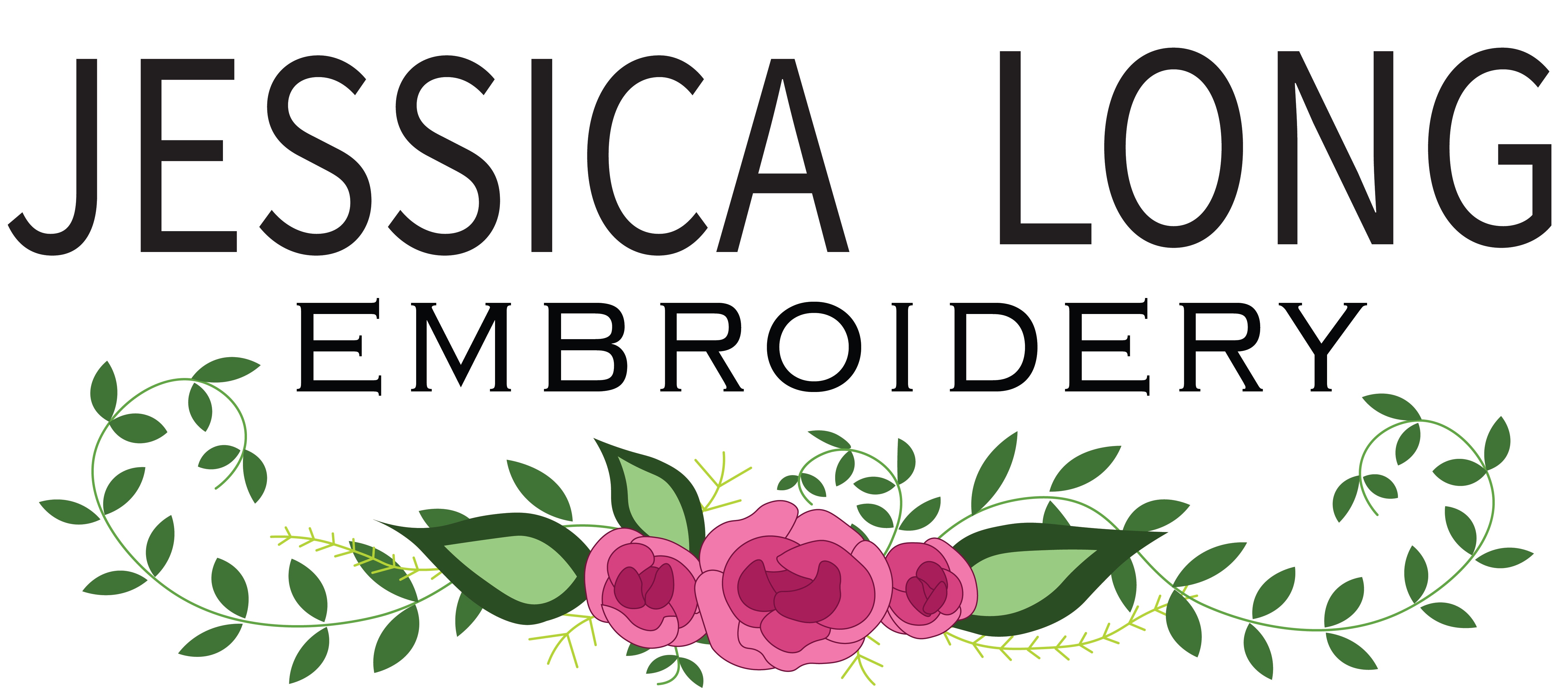While this guide is specifically looking at hand embroidery needles, the concepts can apply to other types of hand sewing needles.
Embroidery needle sizes
Hand embroidery needles are generally available in sizes 1 through 10, with size 1 being the largest.
Larger needles (sizes 1-5):
- PRO: Bigger eyes are much easier to thread.
- CON: Thick needle shafts and eyes can create large holes in your fabric.
- CON: Large needles are potentially less accurate when stitching small details.
Smaller needles (sizes 6-10):
- PRO: Smaller needle are better at fine, detailed work, and can help with stitching precision.
- PRO: Skinny needles can easily pass through delicate fabrics without damage.
- CON: Smaller eyes are be more challenging to thread.
- CON: Small needles can be too fragile for stitching through thick fabrics such as canvas.

Best practice
For my needlework, I try to use the smallest needle I can without creating frustration while threading the eye. For example, when using a single ply of 6-stranded embroidery floss, I will try to use a size 9 or 10 needle. If I cannot easily thread through such small eyes I will try a larger size. When using all 6 strands I'll try to use a size 5 needle. Some days I can do it, and other days I grab a size 3 needle instead. Hand embroidery should be fun. Don't waste your energy forcing your threads through too small of an eye. You may damage the threads and your serenity!
